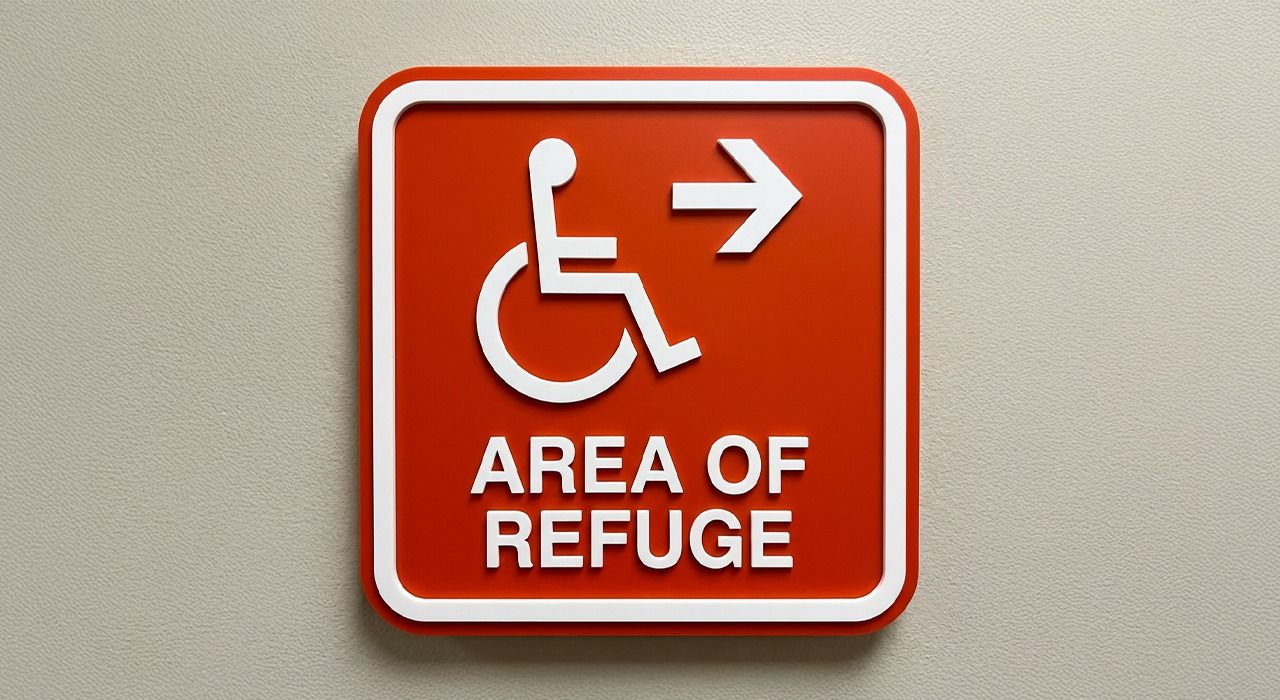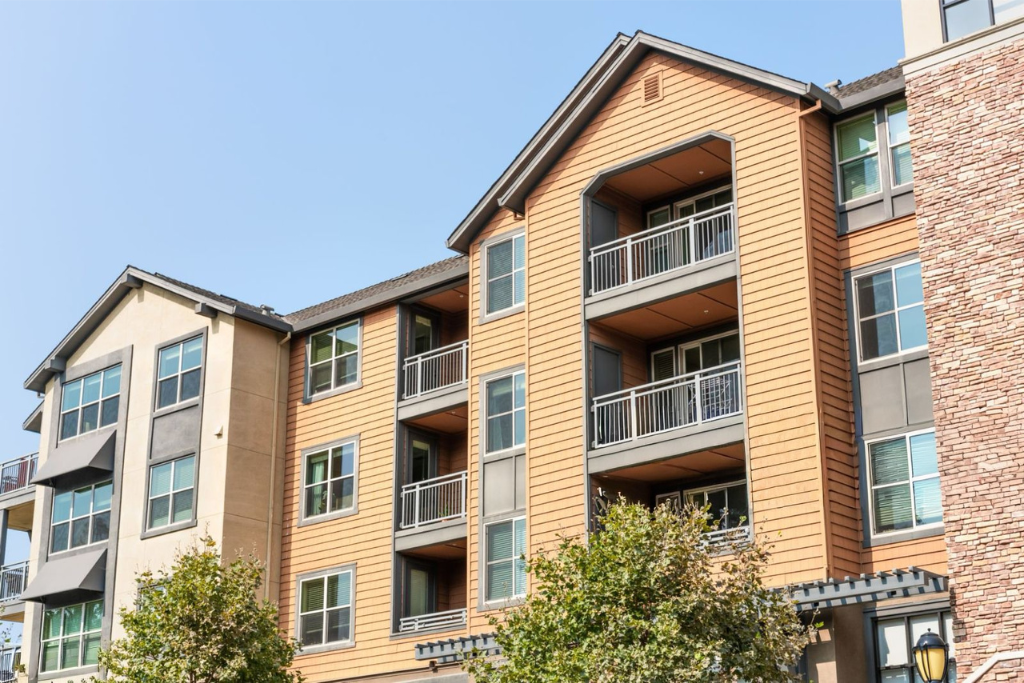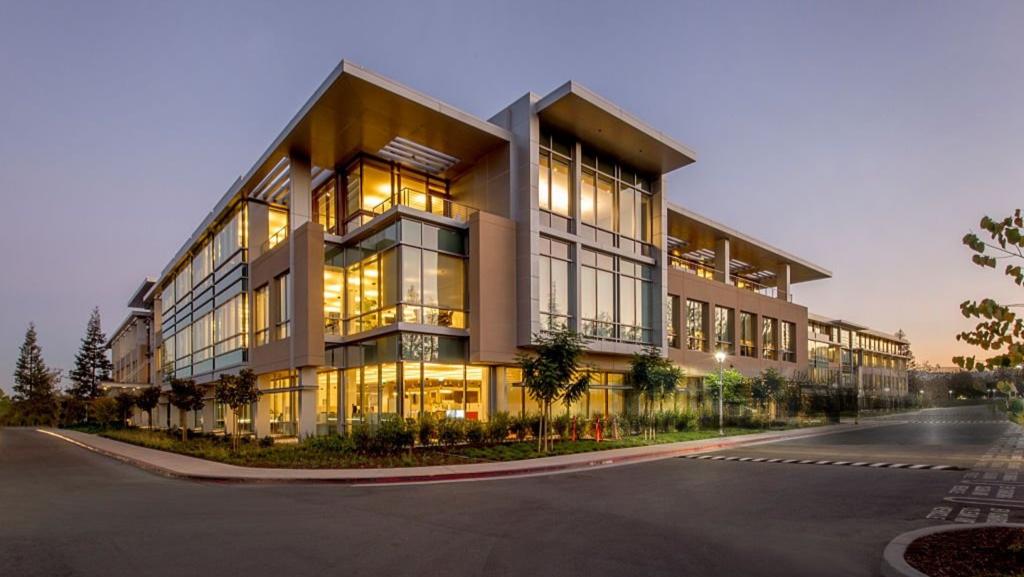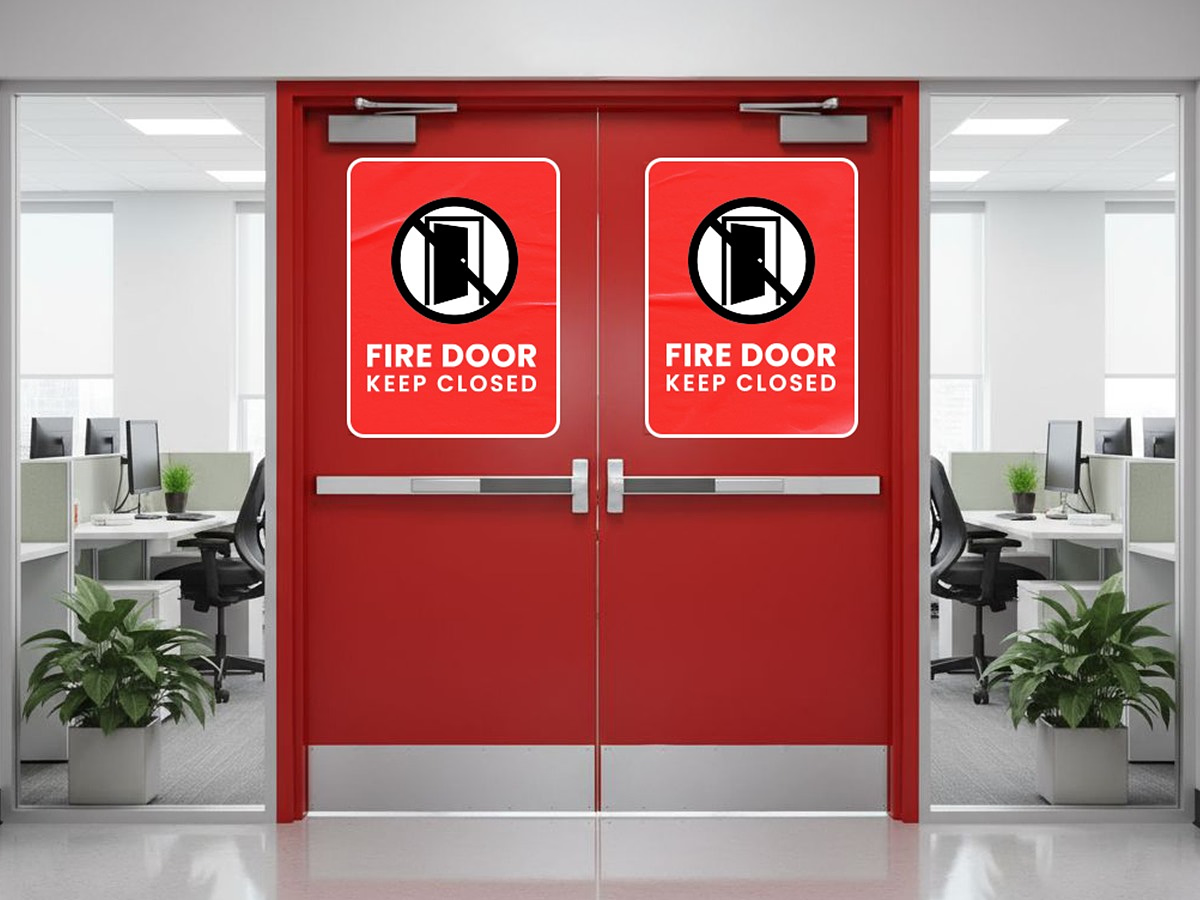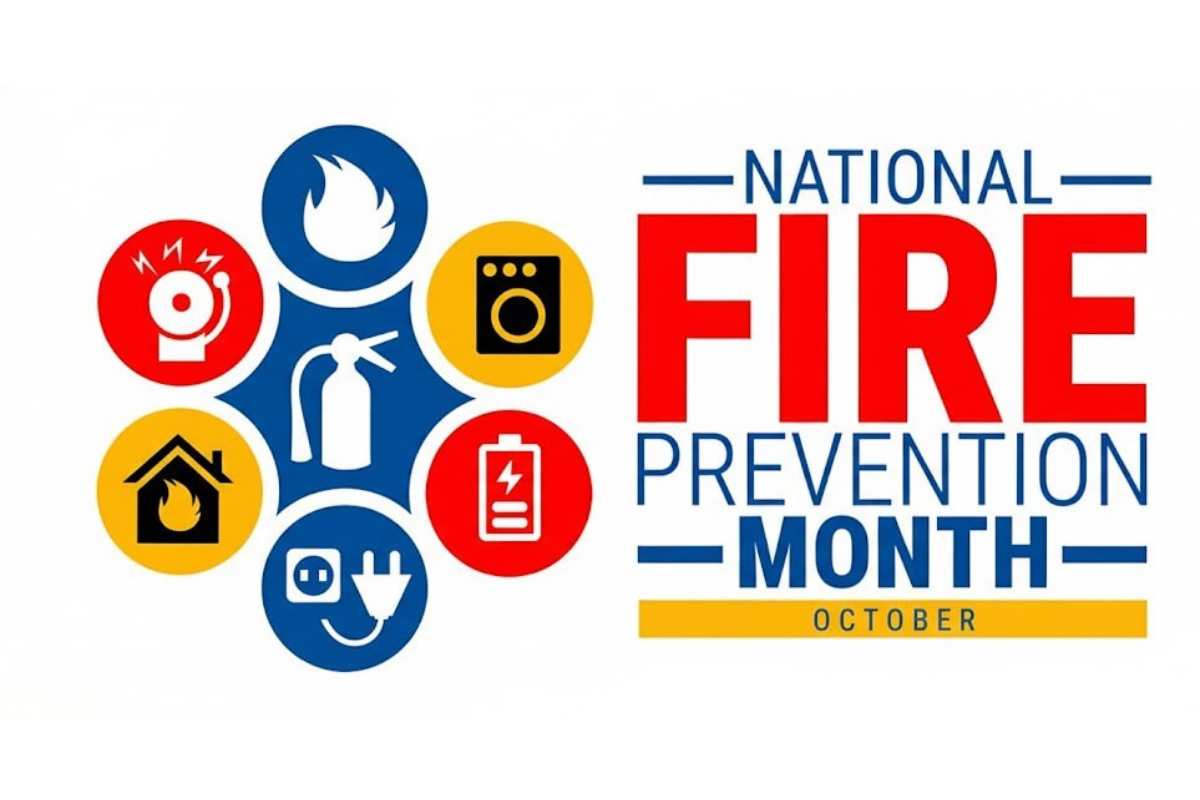Why 25% of Schools Fail Fire Inspections | California Guide
In the first seven months of 2024, fire inspectors in Wake County, North Carolina conducted 250 school inspections and found over 1,700 violations. The most alarming discovery: 25% of schools had failed to conduct required annual inspections of their fire alarm and sprinkler systems. One elementary school had gone five consecutive years without a single sprinkler inspection.
This isn't an isolated problem. A San Francisco audit revealed that
37% of schools weren't inspected in a single fiscal year, with 26 schools going uninspected for an entire decade. Nationwide, 3,230 school fires occur annually, causing $37 million in property damage and 39 injuries, according to the National Fire Protection Association (NFPA).
If your California school has expired fire safety inspections, understanding why this happens—and how to fix it—can prevent costly violations and protect student safety.
For school facilities managers and directors of facilities: You serve the same critical role as property managers in commercial buildings—overseeing fire safety compliance, managing vendor contracts, and ensuring all required inspections are completed on schedule. This guide is designed specifically for you.
The Scale of the Problem
Wake County: A Case Study in Non-Compliance
Fire marshal inspections in Wake County revealed a systemic compliance crisis:
| Inspection Finding | Number | Percentage |
|---|---|---|
| Total Schools Inspected | 250 | 100% |
| Schools with Expired Inspections | 70 | 28% |
| Total Violations Found | 1,700+ | Avg. 6.8 per school |
| Schools with Tampered Fire Alarms | 22 | 9% |
Source: WRAL Investigates, October 2024
South Lakes Elementary was cited for the fifth consecutive year for failing to conduct sprinkler inspections—demonstrating that this isn't a one-time oversight but a pattern of systemic failure.
San Francisco: A Decade of Oversight Failures
The San Francisco Controller's Office audit uncovered even more troubling lapses. In fiscal year 2017-18, 95 schools (37%) weren't inspected. Twenty-six schools didn't exist in the fire department's database and went uninspected for 10 years. Proof School in the Mission District went a full decade without inspection; even after being notified in May 2020, the fire department didn't inspect until August 2021.
Source: San Francisco Controller's Office Audit, January 2025
Why Schools Fail Fire Inspections
1. Vendor Contract Failures
The most common reason for expired inspections is simple: the testing never happened.
Wake County Public Schools acknowledged this directly:
"Contracts for performing necessary inspections were not completed in a timely manner." The district now uses multiple vendors to catch up on overdue inspections at a cost of
$40,000.
Common vendor problems include expired contracts that aren't renewed, scheduling conflicts that push inspections past due dates, and lack of centralized tracking that allows inspections to fall through the cracks.
2. Budget Constraints
Schools face enormous financial pressures. Wake County has $750 million in repair and renovation needs with only a fraction budgeted. Fire safety inspections, while legally required, often compete with more visible priorities like classroom technology or building repairs.
Wake County's $40,000 emergency catch-up cost demonstrates that
delaying inspections costs more than maintaining regular schedules. Emergency inspections require premium pricing and coordination of multiple vendors simultaneously.
Source: WRAL Investigates, October 2024
3. Administrative Gaps
The San Francisco audit identified systemic administrative failures: no cross-referencing between fire department and school databases, only 13 inspectors for all schools and commercial buildings citywide, and unwritten policies that allowed "annual" inspections to stretch to 24 months.
On the school side, facility managers juggle multiple campuses, emergency repairs, construction projects, and custodial oversight—making it easy for inspection deadlines to be missed.
4. Lack of Awareness
Twenty-six San Francisco schools went uninspected for a decade simply because they didn't exist in the fire department's database. Many school administrators don't fully understand which systems require annual testing, who is qualified to perform inspections, or what documentation is required for compliance.
The Consequences of Expired Inspections
Legal and Financial Penalties
California law requires annual fire safety inspections for educational facilities. Non-compliance can result in:
- Citations from the State Fire Marshal or local fire authority
- Fines ranging from $500 to $5,000 per violation
- Repeat violation penalties that increase with each occurrence
- Increased insurance premiums or policy cancellation
- Potential school closure until violations are corrected
Wake County fined 36 schools for repeat violations that weren't corrected from previous inspections.
Life Safety Risks
Uninspected fire alarm systems may have dead backup batteries, faulty smoke detectors, or broken notification devices. Uninspected sprinkler systems may have closed control valves, corroded pipes, or insufficient water pressure.
Wake County found
22 schools with tampered fire alarm systems—a violation that could prevent the system from functioning during an emergency.
How to Prevent Expired Inspections
Step 1: Create a Centralized Tracking System
Implement a compliance calendar that tracks all fire safety inspection deadlines:
- Fire alarm annual testing (NFPA 72)
- Sprinkler system inspections (NFPA 25)
- Fire extinguisher service
- Fire door inspections (NFPA 80)
- Emergency lighting tests
- Vendor contract expiration dates
Set reminders
90 days before inspections are due to allow time for scheduling, budget approval, and vendor coordination.
Step 2: Establish Vendor Relationships Early
Don't wait until inspections are overdue. Implement multi-year contracts that automatically renew, maintain preferred vendor lists, identify backup vendors, and schedule annual kickoff meetings in July/August to plan all inspections for the school year.
Wake County's emergency use of multiple vendors worked in a crisis but cost more than preventing the backlog in the first place.
Step 3: Budget Proactively
Fire safety inspections should be a line item in every school's annual budget. Wake County's $40,000 emergency catch-up cost could have been avoided with proactive planning.
Effective budget strategies:
- Multi-year contracts lock in pricing and eliminate annual vendor searches
- District-wide agreements provide volume pricing and consistent service
- Bundled services combine all fire safety inspections with one vendor
- Summer scheduling minimizes disruption and provides flexible access
Source: WRAL Investigates, October 2024
Step 4: Assign Clear Responsibility
Someone must own fire safety compliance. Recommended structure:
- District Facilities Director: Overall accountability across all schools
- Site Facilities Manager: Day-to-day scheduling and coordination
- Administrative Assistant: Calendar management and documentation
- Principal: Budget approval and emergency decisions
Step 5: Conduct Monthly Self-Assessments
Between professional inspections, school staff should conduct monthly visual checks:
✅ Fire alarm panel shows normal status (no trouble lights)
✅ Fire extinguishers in place with current tags
✅ Emergency exit signs illuminated
✅ Fire doors close and latch properly
✅ Sprinkler control valves fully open and locked
✅ Exit routes clear of obstructions
This doesn't replace professional annual inspections but helps identify problems early and demonstrates good-faith compliance efforts.
When to Call a Professional
While monthly visual checks can be done by school staff, annual inspections must be performed by qualified professionals:
- Fire alarm testing: Licensed fire alarm company with NICET-certified technicians (NFPA 72)
- Sprinkler inspection: Licensed fire sprinkler contractor (NFPA 25)
- Fire extinguisher service: Certified fire extinguisher technician
- Fire door inspection: Qualified person with NFPA 80 knowledge and training
Call a professional immediately if:
- Inspections are more than 30 days overdue
- Fire marshal has issued a citation
- Fire alarm panel shows trouble conditions
- Previous deficiencies haven't been corrected
- You're unsure when the last inspection was conducted
Fire Testing Solutions provides comprehensive fire safety inspection services for educational facilities throughout Southern California, including Orange County, Los Angeles County, Riverside County, and San Bernardino County. Our NICET-certified technicians conduct all required annual inspections and provide detailed compliance documentation.
Call (866) 757-8378 to schedule your school fire safety inspections today. You can Book a Call also.
Frequently Asked Questions
How often do schools need fire alarm inspections?
Fire alarm systems must be inspected and tested annually according to NFPA 72, adopted by California Fire Code. Monthly visual inspections by school staff are also recommended.
What happens if a school fails a fire inspection?
Schools receive written notice of violations that must be corrected within 30-90 days. Failure to correct can result in fines ($500-$5,000 per violation), repeat penalties, increased insurance premiums, and potential school closure.
Who can perform fire safety inspections in California schools?
Annual inspections must be performed by licensed, qualified professionals: fire alarm companies with NICET-certified technicians, licensed fire sprinkler contractors, and certified fire extinguisher technicians.
How much do school fire safety inspections cost?
Costs vary by school size, building complexity, and location. Wake County spent
$40,000 to catch up on overdue inspections in 2024—significantly more than routine inspections would have cost. Contact qualified vendors for specific quotes.
Source: WRAL Investigates, Wake County data, October 2024
Conclusion
The data is clear: 25% of schools fail fire inspections primarily due to expired testing of fire alarm and sprinkler systems. Wake County's 1,700 violations and San Francisco's decade-long inspection gaps prove this is a widespread, systemic problem.
The root causes are predictable: vendor contract failures, budget constraints, administrative gaps, and lack of awareness. But the solutions are straightforward: centralized tracking, proactive vendor relationships, dedicated budgets, clear responsibility, and regular self-assessments.
Wake County's
$40,000 emergency catch-up cost demonstrates that proactive compliance is far less expensive than reactive crisis management. Don't let your California school become part of the 25%.
Schedule your school's fire safety inspections with Fire Testing Solutions. Call 866) 757-8378or visit
www.firetestingsolutions.com to
request a quote.
References
- WRAL Investigates. "1,700 fire safety violations: Wake County schools cited for failing to inspect fire alarms, sprinklers." October 21, 2024. https://www.wral.com/story/1-700-fire-safety-violations-wake-county-schools-cited-for-failing-to-inspect-fire-alarms-sprinklers/21682653/
- San Francisco Controller's Office. "Audit of the San Francisco Fire Department's Bureau of Fire Prevention." January 2025.
https://sfstandard.com/2025/01/06/fire-inspection-san-francisco-school/
- National Fire Protection Association. "Structure Fires in Schools." NFPA Research.
https://www.nfpa.org/education-and-research/research/nfpa-research/fire-statistical-reports/structure-fires-in-schools
- California Department of Education. "Orange County Education Data." EdData, 2024-25.
https://www.ed-data.org/county/orange/
- NFPA 72: National Fire Alarm and Signaling Code, 2022 Edition
- NFPA 25: Standard for the Inspection, Testing, and Maintenance of Water-Based Fire Protection Systems, 2023 Edition
- NFPA 80: Standard for Fire Doors and Other Opening Protectives, 2022 Edition

